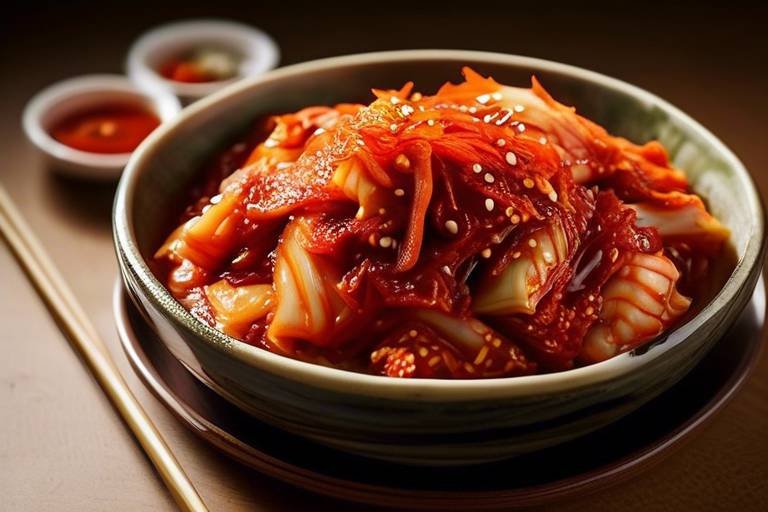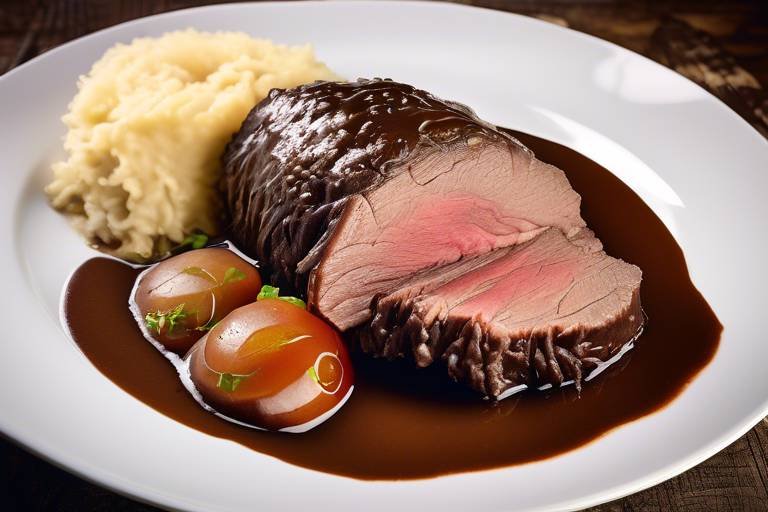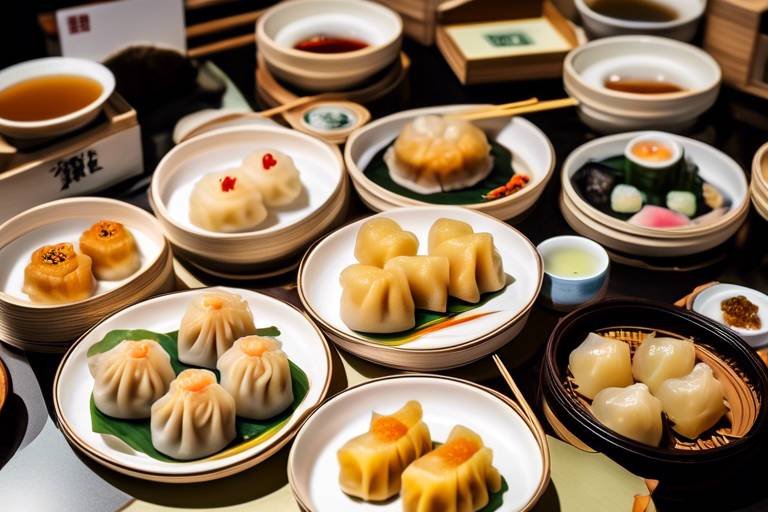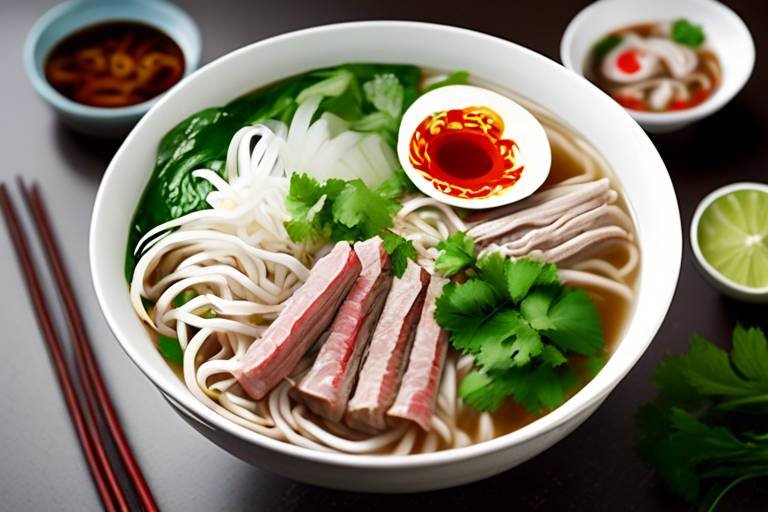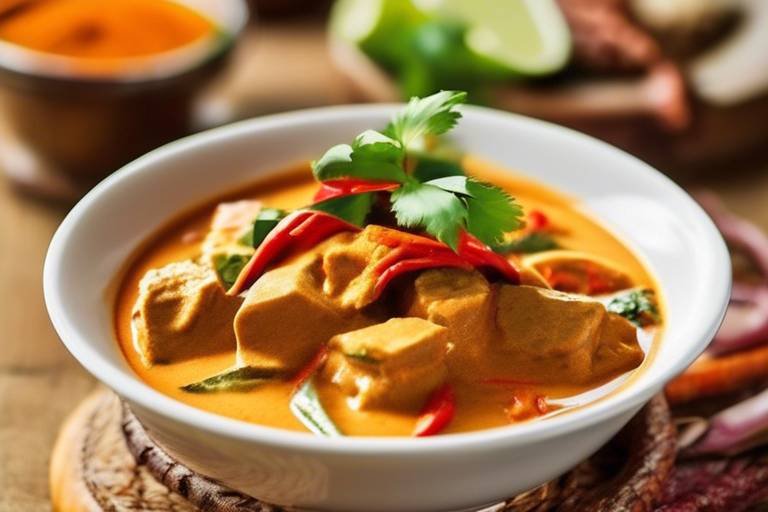Discovering the Best Traditional Polish Bigos
Are you ready to embark on a culinary journey to discover the best traditional Polish bigos? This hearty stew, deeply rooted in Polish culture, is a delightful explosion of flavors that will surprise your taste buds. Let's delve into the rich history and savory essence of this beloved dish.

History of Bigos in Poland
Traditional Polish bigos, a hearty stew made with sauerkraut and various meats, has a rich history deeply rooted in Polish culinary traditions. Dating back centuries, bigos has been a staple dish enjoyed by generations of Poles, evolving over time to become a beloved national delicacy.
The history of bigos in Poland is a tale of resilience and adaptation, reflecting the country's tumultuous past. Originally known as "hunter's stew," bigos was a practical solution for hunters and travelers who needed a hearty and long-lasting meal during their expeditions. The dish gained popularity among the nobility in the Middle Ages, with each household adding its own twist to the recipe.
Over the years, bigos became synonymous with Polish cuisine, symbolizing the blending of different influences and ingredients. Its enduring presence on dining tables across Poland speaks to its cultural significance and the sense of comfort and tradition it provides to those who savor its robust flavors.
Throughout history, bigos has been a symbol of hospitality and community, often prepared in large batches to share with family and friends during gatherings and celebrations. Its ability to bring people together around a steaming pot of savory goodness embodies the warmth and generosity of Polish hospitality.
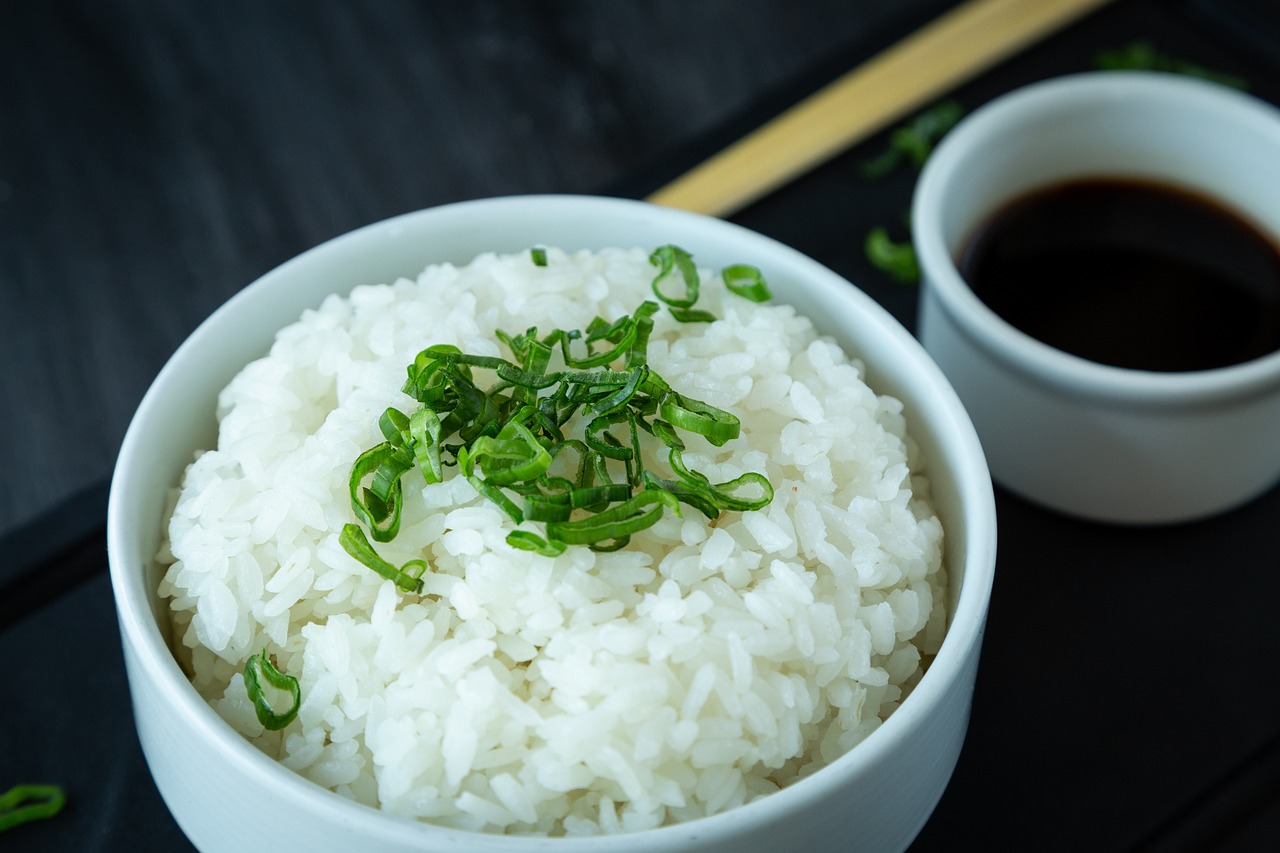
Ingredients for Authentic Bigos
When it comes to preparing an authentic and flavorful batch of traditional Polish bigos, the key lies in the selection of high-quality ingredients that come together to create a harmonious blend of flavors. The foundation of any good bigos starts with sauerkraut, a fermented cabbage that adds a tangy and slightly sour note to the dish. This is combined with a variety of meats, typically including pork, beef, and sometimes game meats like venison or wild boar, to create a rich and hearty stew.
To enhance the depth of flavor, onions, garlic, and a touch of sweetness from prunes or dried fruits are often added to the mix. The earthy undertones of mushrooms and the warmth of traditional Polish spices like bay leaves, allspice, and juniper berries further elevate the taste profile of the dish. Some recipes also call for a splash of red wine or vinegar to add a subtle acidity that balances the richness of the meats and sauerkraut.
For those looking to add a smoky element to their bigos, smoked bacon or kielbasa can be incorporated, infusing the stew with a distinct and savory aroma. The slow cooking process allows the flavors to meld together, creating a comforting and satisfying dish that is perfect for cold winter days or festive gatherings.

Regional Variations of Bigos
When it comes to traditional Polish bigos, each region in Poland adds its own unique twist to this beloved dish. From the mountains to the coast, bigos reflects the diverse culinary heritage of the country. In the mountainous regions, such as Podhale, bigos is often prepared with game meats like venison or wild boar, giving it a rich and robust flavor profile. On the other hand, in the coastal areas like Pomerania, seafood such as fish or shrimp may be incorporated into the stew, adding a fresh and maritime essence to the dish.
Furthermore, in central Poland, the heart of the country, bigos is typically made with a combination of pork, beef, and sausage, creating a hearty and satisfying meal. The addition of prunes or dried fruits in this variation adds a subtle sweetness that balances the savory notes of the meat and sauerkraut. Moving towards the eastern regions, bigos may feature more spices and herbs, influenced by the culinary traditions of neighboring countries like Ukraine and Belarus.
Each regional variation of bigos showcases the unique flavors and ingredients that define the local cuisine, making it a true representation of Poland's culinary diversity. Whether you prefer the gamey notes of the mountains or the seafood-infused coastal twist, there is a bigos variation to suit every palate and preference.
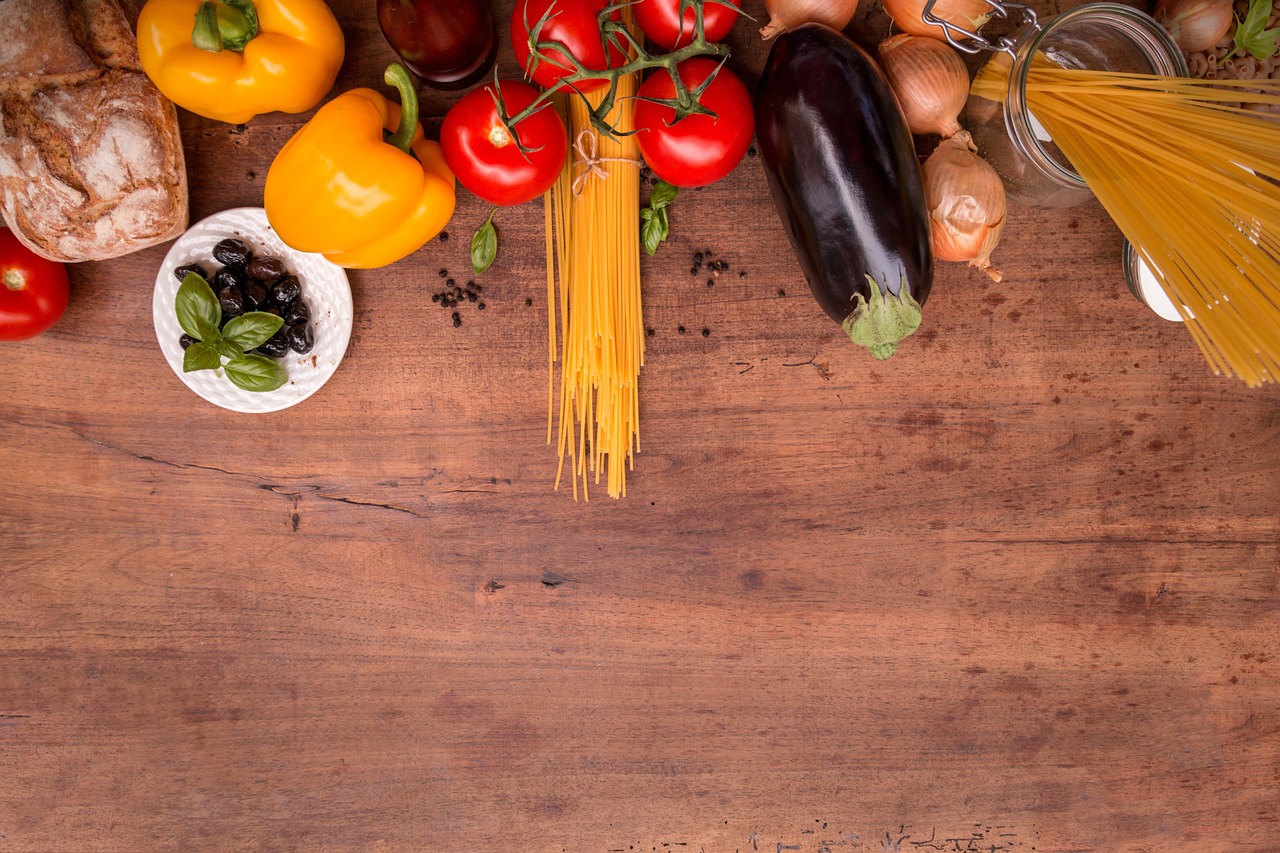
Preparation Techniques for Bigos
When it comes to preparing traditional Polish bigos, mastering the right techniques is essential to achieve that perfect blend of flavors and textures. The process of making bigos is a labor of love, requiring patience and attention to detail. One of the key steps in preparing bigos is the slow cooking method, allowing the flavors to develop and intensify over time. This stew is all about layering flavors, so each ingredient plays a crucial role in creating a harmonious dish.
To start, the meat is a fundamental component of bigos, typically a combination of pork, beef, and sometimes game meats like venison or rabbit. The meats are often browned before being stewed with sauerkraut, creating a rich and savory base for the dish. The addition of dried mushrooms, prunes, and spices like bay leaves and peppercorns further enhances the complexity of flavors in the stew.
Another important technique in preparing bigos is the use of sauerkraut, which adds a tangy and slightly sour note to the dish. It is crucial to rinse and drain the sauerkraut thoroughly to remove excess brine, ensuring that the stew is not overly salty. The sauerkraut is then simmered with the meats and other ingredients, allowing the flavors to meld together and create a robust taste profile.
Many traditional recipes call for bigos to be cooked low and slow, sometimes for hours or even days, to allow the flavors to fully develop. This slow cooking process results in a tender and flavorful stew that is perfect for cold winter days or festive gatherings. Some cooks even believe that bigos tastes better when reheated, as the flavors continue to deepen over time.
When it comes to serving bigos, it is often enjoyed with a side of crusty bread or boiled potatoes to soak up the rich sauce. The stew is versatile and can be reheated multiple times without losing its taste, making it an ideal dish for meal prep or leftovers. Whether enjoyed as a hearty main course or a comforting meal on a chilly evening, traditional Polish bigos is sure to satisfy both your taste buds and soul.

Serving and Pairing Suggestions
When it comes to serving and pairing traditional Polish bigos, there are several key suggestions to enhance the dining experience and bring out the rich flavors of this hearty stew. The robust and complex nature of bigos calls for careful consideration when choosing accompaniments and beverages to complement its taste profile.
One popular serving suggestion for traditional Polish bigos is to enjoy it with a side of crusty bread or hearty rye bread. The dense texture and subtle tanginess of the bread serve as the perfect vehicle for sopping up the flavorful broth of the stew, creating a satisfying and comforting meal.
To elevate the dining experience further, consider garnishing your bigos with a dollop of sour cream or a sprinkle of fresh parsley. These simple additions not only add a pop of color to the dish but also provide a creamy contrast to the robust flavors of the stew, enhancing its overall taste.
When it comes to beverage pairings, traditional Polish bigos pairs exceptionally well with full-bodied red wines such as Cabernet Sauvignon or Merlot. The tannic structure and fruity notes of these wines complement the richness of the stew, creating a harmonious balance of flavors.
For non-alcoholic options, consider serving bigos with a glass of apple cider or cranberry juice. The crisp acidity of these fruit juices helps cleanse the palate between bites, allowing you to fully appreciate the layers of flavors in the stew.
When setting the table for a bigos feast, consider incorporating traditional Polish tableware and decorations to create an authentic and festive atmosphere. Whether enjoying bigos with family or friends, the communal nature of sharing this dish brings people together in a warm and inviting setting.

Health Benefits of Bigos
When it comes to traditional Polish cuisine, bigos stands out as a hearty and flavorful dish that not only satisfies the taste buds but also offers a range of health benefits. This beloved stew, often referred to as "hunter's stew," is a rich combination of sauerkraut, various meats, and aromatic spices that come together to create a wholesome meal.
One of the key health benefits of bigos lies in its nutritional value. Packed with vitamins, minerals, and antioxidants, this dish provides a balanced mix of essential nutrients that support overall well-being. The combination of sauerkraut, known for its probiotic properties, and lean meats offers a source of protein and gut-friendly bacteria, promoting good digestion and a healthy gut microbiome.
Moreover, the ingredients used in traditional Polish bigos contribute to a satisfying and satiating meal that can keep you energized throughout the day. The hearty nature of the stew, combined with the slow cooking process that allows the flavors to meld together, results in a dish that not only tastes delicious but also provides a lasting sense of fullness.
For those looking to maintain a balanced diet, bigos can be a great addition due to its nutrient-dense composition. The inclusion of vegetables, such as cabbage and carrots, along with high-quality meats, ensures that you are getting a variety of essential nutrients in each serving. This makes bigos not only a flavorful indulgence but also a wholesome choice for those seeking a nourishing meal.
In addition to its nutritional benefits, bigos also holds cultural significance in Poland, where it is often enjoyed during festive occasions and family gatherings. The communal aspect of sharing a steaming pot of bigos reflects the tradition of coming together over a meal, fostering a sense of unity and connection among people.
Overall, traditional Polish bigos offers a blend of flavors, nutrients, and cultural heritage that make it a truly unique and enriching dish to enjoy. Whether you savor it for its health benefits or simply for its delicious taste, bigos continues to hold a special place in the hearts and stomachs of many.

Bigos Festivals in Poland
Bigos Festivals in Poland are vibrant celebrations that pay homage to the beloved dish of traditional Polish bigos. These festivals bring together locals and tourists alike to indulge in the rich flavors and cultural significance of this hearty stew. Throughout Poland, various regions host their own unique bigos festivals, each showcasing different interpretations and variations of the classic recipe.
One of the most renowned bigos festivals in Poland is held in the picturesque town of Pszczyna. Here, visitors can immerse themselves in a culinary experience like no other, sampling a wide array of bigos dishes prepared by local chefs and food enthusiasts. The festival atmosphere is filled with the enticing aroma of simmering stews and the sounds of traditional music, creating a truly festive ambiance.
Attendees at these festivals not only get to taste different versions of bigos but also learn about the history and cultural significance of this iconic Polish dish. Visitors can witness live cooking demonstrations, participate in bigos cooking competitions, and even purchase unique ingredients and spices to recreate the flavors of bigos at home.
Bigos festivals serve as a platform for celebrating Polish culinary heritage and fostering a sense of community among food lovers. It's a time when people come together to share their passion for good food, cultural traditions, and the joy of gathering around a steaming pot of delicious stew. Whether you're a bigos enthusiast or simply curious about Polish cuisine, attending a bigos festival in Poland is an experience not to be missed.
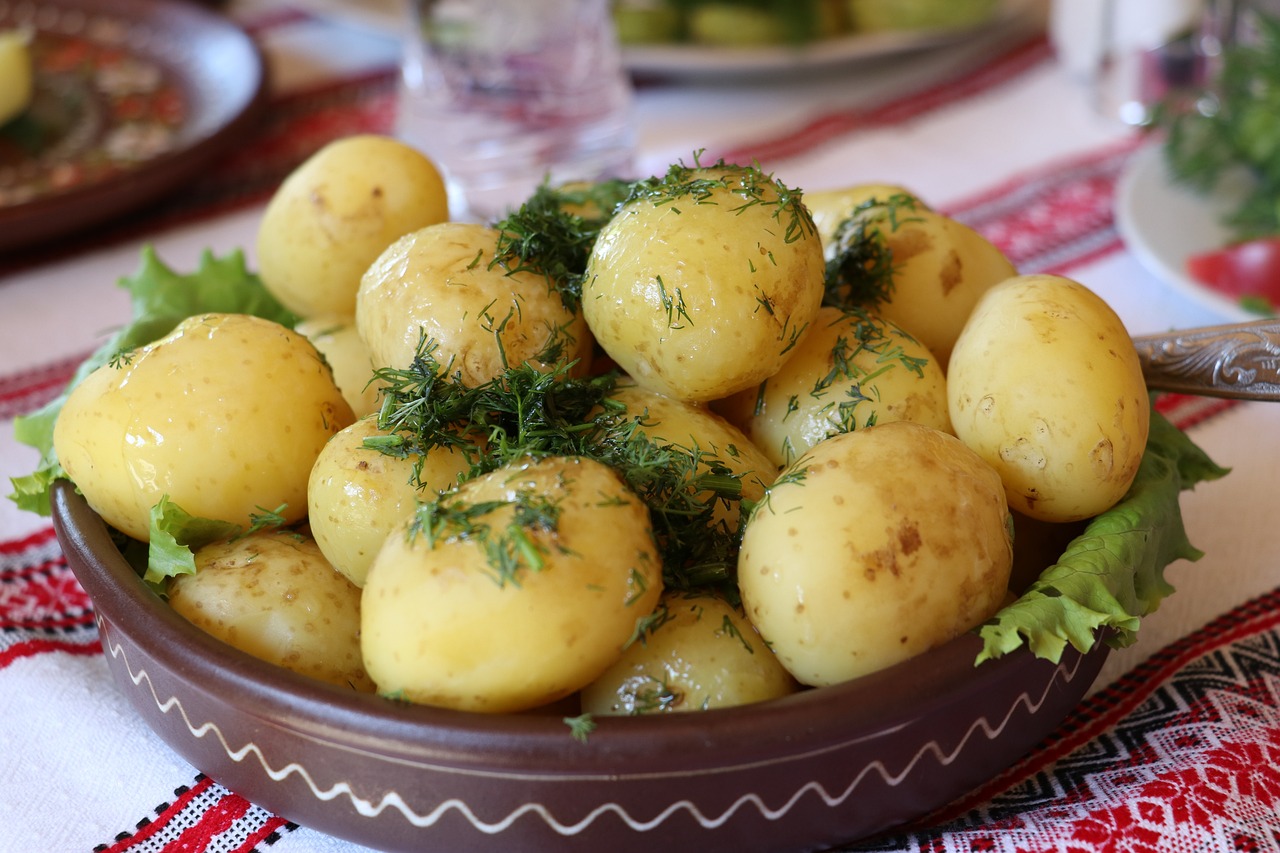
Bigos in Polish Culture
Bigos, also known as "Hunter's Stew," holds a special place in Polish culture, representing a culinary tradition that dates back centuries. This hearty dish is not just a meal but a symbol of community and togetherness in Poland. Bigos is often prepared during festive occasions, family gatherings, and holidays, bringing people together around the dining table.
With its rich flavors and comforting aroma, bigos is more than just a dish; it is a reflection of Polish heritage and values. The process of making bigos is not rushed but rather a labor of love, with each ingredient carefully selected and combined to create a harmonious blend of tastes and textures.
In Polish culture, serving bigos is a way of showing hospitality and generosity to guests. It is a dish that embodies warmth and tradition, evoking memories of shared meals and joyful celebrations. Whether enjoyed at a cozy family dinner or a lively festival, bigos is a dish that brings people together and creates lasting bonds.
Throughout history, bigos has been a staple in Polish households, passed down from generation to generation. Its enduring popularity speaks to its timeless appeal and its ability to transcend cultural boundaries. Bigos is not just a meal; it is a symbol of pride and connection to Polish roots.

Modern Twists on Traditional Bigos
Modern chefs and food enthusiasts have taken the traditional Polish bigos recipe to new heights with their innovative twists and creative interpretations. While respecting the essence of the dish, these culinary artists infuse new flavors and textures to elevate the dining experience to a whole new level. Imagine a burst of unexpected ingredients mingling with the familiar taste of sauerkraut and meats, creating a symphony of flavors that surprise and delight the taste buds.
One modern twist on traditional bigos involves the incorporation of exotic spices and herbs, adding depth and complexity to the stew. By experimenting with different seasoning blends, chefs can create a unique flavor profile that sets their version of bigos apart from the rest. Picture a steaming bowl of bigos infused with aromatic spices, inviting you to savor each spoonful with anticipation.
Another contemporary approach to traditional bigos is the use of alternative ingredients that offer a fresh perspective on this classic dish. From vegetarian bigos featuring a medley of vegetables to seafood-based variations with a hint of the sea, these modern interpretations cater to diverse palates and dietary preferences. The versatility of bigos allows for endless experimentation, ensuring that there is a version of this beloved stew for everyone to enjoy.
Furthermore, presentation plays a key role in modern twists on traditional bigos, with chefs showcasing their creativity through visually stunning plating techniques. Picture a beautifully arranged bowl of bigos adorned with colorful garnishes and edible flowers, transforming the humble stew into a work of art. The visual appeal of the dish enhances the overall dining experience, making it a feast for the eyes as well as the palate.
Frequently Asked Questions
- What is traditional Polish bigos?
Traditional Polish bigos is a hearty stew that combines sauerkraut, various meats, and a blend of spices to create a rich and flavorful dish that is beloved in Polish cuisine.
- What are the key ingredients in authentic bigos?
Authentic bigos typically includes ingredients such as sauerkraut, pork, beef, sausage, mushrooms, onions, and a mix of seasonings like bay leaves and peppercorns for a robust taste.
- How long does it take to prepare traditional bigos?
The preparation time for traditional bigos can vary, but it usually involves slow cooking over several hours to allow the flavors to meld together and create a delicious, comforting stew.
- Can bigos be made vegetarian or vegan?
Yes, bigos can be adapted to vegetarian or vegan diets by omitting the meat and using plant-based alternatives like tofu, seitan, or additional vegetables to achieve a similar texture and taste.
- What is the best way to serve bigos?
Bigos is typically served hot and pairs well with crusty bread, mashed potatoes, or boiled potatoes. It is often enjoyed as a main dish during gatherings or festive occasions.
- Are there any health benefits to eating bigos?
Bigos is a nutritious dish packed with vitamins, fiber, and protein from the variety of ingredients used. It can be a satisfying and wholesome meal that contributes to a balanced diet.


